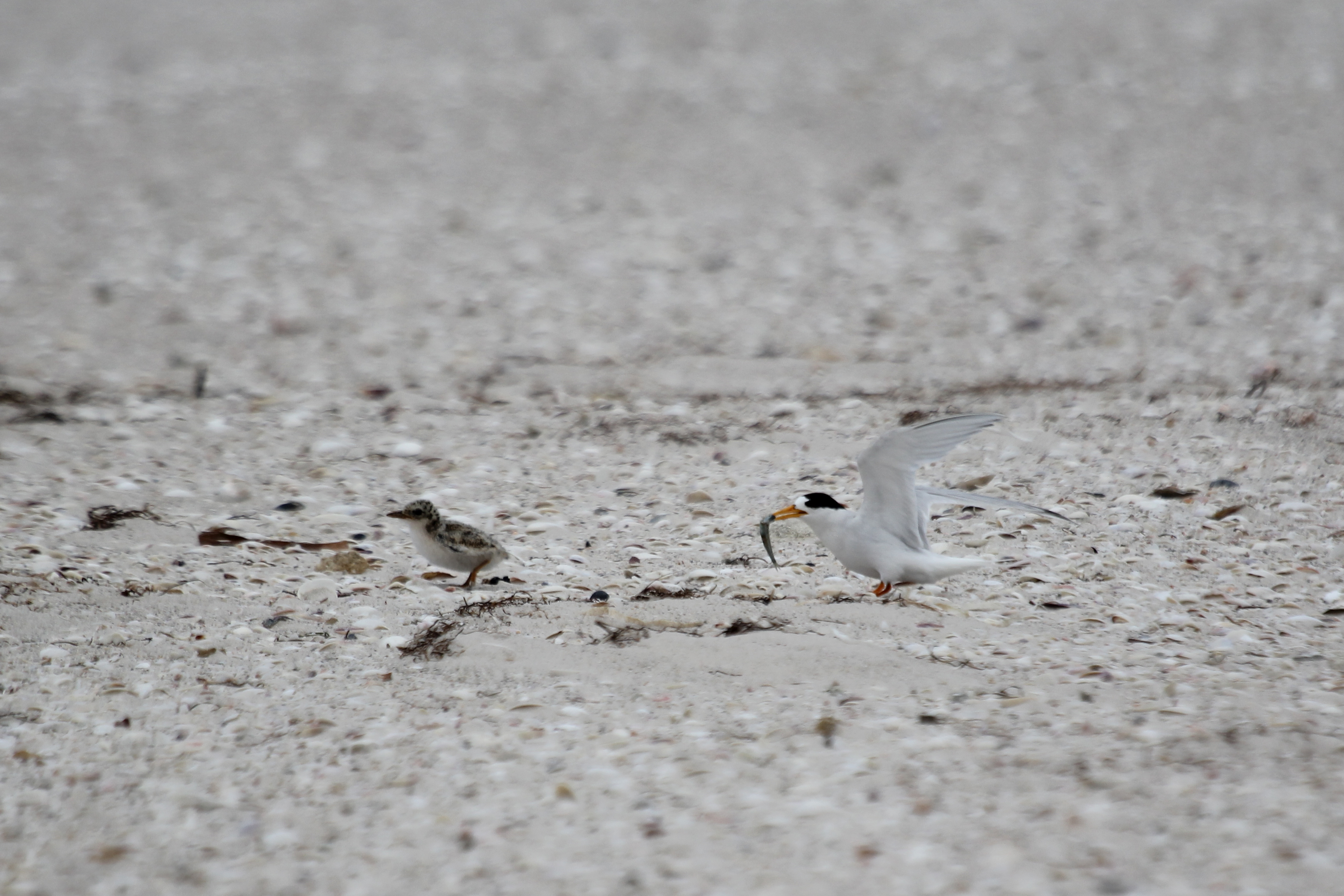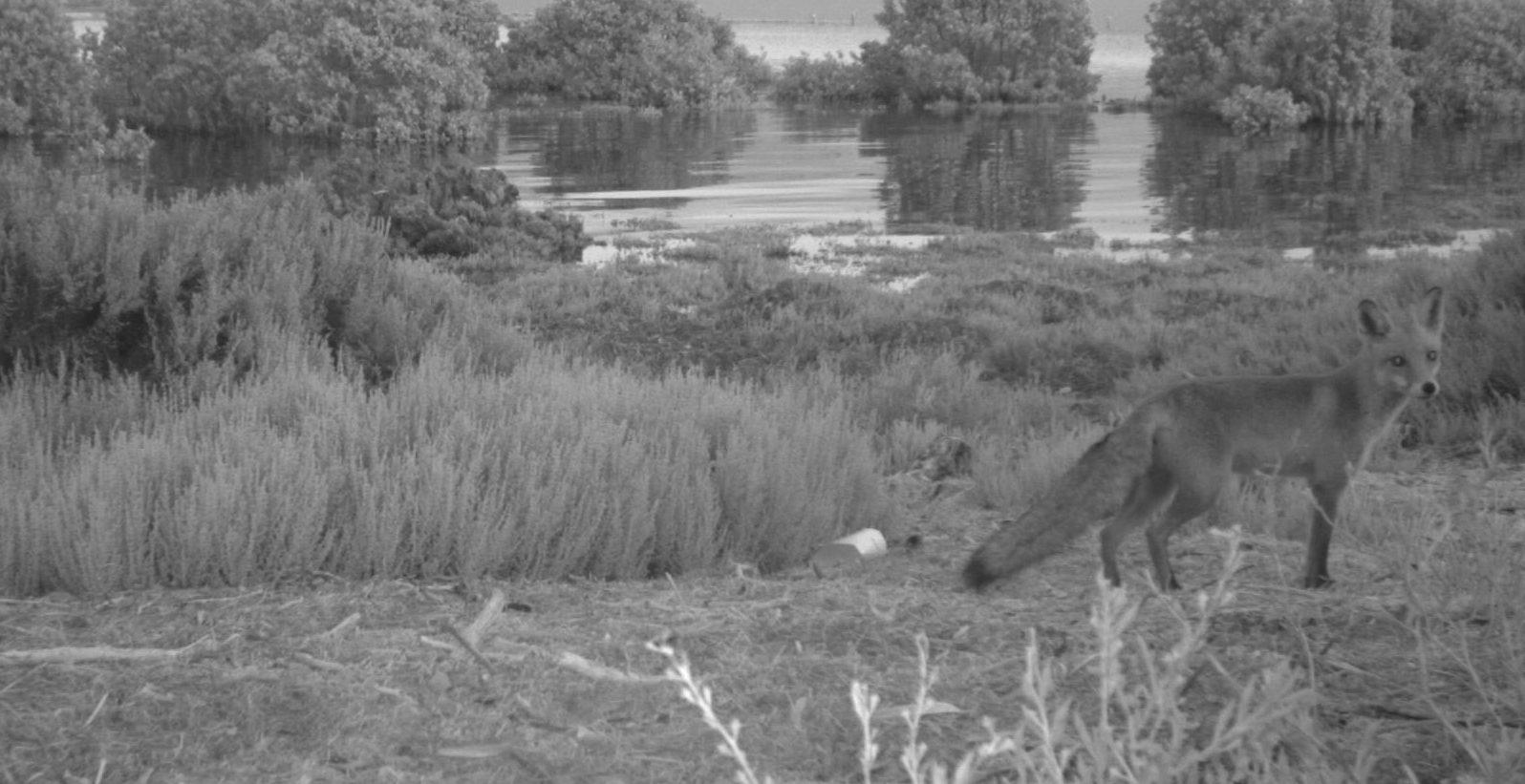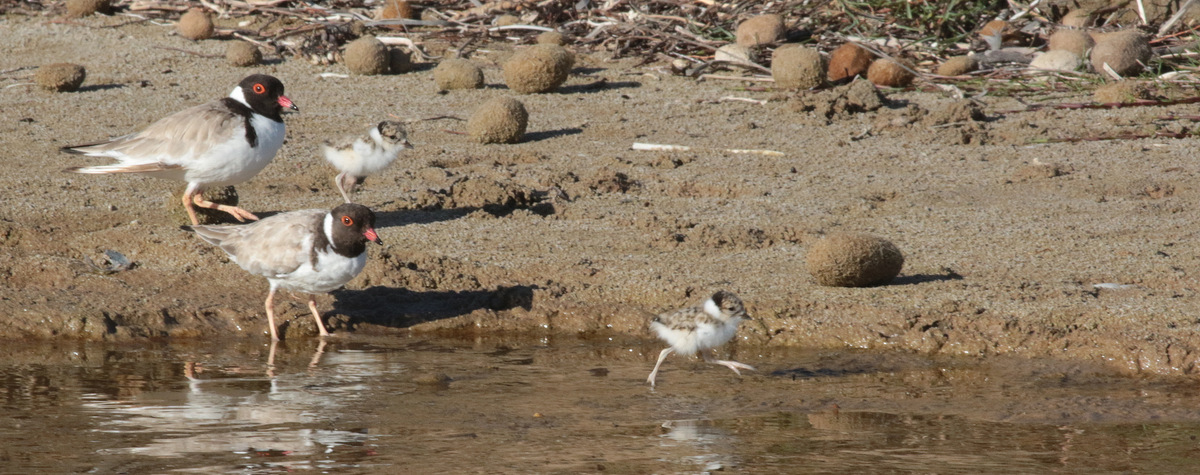While we’re not quite there on deploying an army of robots to tackle pest animals in Adelaide, we do have some cool tech helping us protect our threatened wildlife. Read on for more.

For the first time in Adelaide, a new technology is being trialled to help control foxes that might prey on our precious terns. The technology is called a Felixer – its name comes from what it was originally created to target; the feral cat (Felis catus).
What’s the problem with foxes?
Foxes are a problem pretty much everywhere. They prey on our native urban animals, chickens and other household pets. Foxes will even swim across shallow water to get to island bird colonies – which is exactly what’s happening off of the Adelaide coast, where we’re lucky enough to have a colony of vulnerable fairy terns.
What does the technology do?
It’s not possible to eradicate foxes entirely. What is possible is managing foxes.
Felixers are an automated tool used for controlling foxes humanely. They use lasers to detect movements and can tell the difference between their target (in this case, foxes) and other wildlife, thanks to computer algorithms.
When the “right” animal comes along, the Felixer shoots out poison, which the target then licks off.
Felixers take photos of anything that walks past. So, while they won’t “shoot” at something that doesn’t fit their programmed description, they do keep track of what’s been hanging around in the area.
When you’re trying to protect a vulnerable bird, that information is very valuable.
So, to really keep track of what’s going on in our target location, we’ve got additional cameras set up near the Felixers. These cameras allow our team to download the photos without even leaving their desk.

How did we know where to put the Felixers?
As part of our work with BirdLife Australia to protect fairy terns, we set up monitoring cameras to spy on foxes.
The footage told us where foxes were hanging out and their movements, plus information about other animals in the same area.
The Felixers killed two foxes in a period of about two months. This may not sound like a lot but even one fox could have devastated the bird colony in that time – in attacks on seabird colonies, foxes and dogs will often kill more birds than they actually eat.
For example, last year an attack on Granite Island in Victor Harbor by two foxes killed two-thirds of the island’s little penguin population.
While we’re targeting foxes to protect fairy terns, this work will also have flow-on effects for other wildlife, including our beloved hooded plovers, Australia’s most threatened beach-nesting bird.

There are foxes in my area. Can I book a Felixer?
Felixers can only be used in areas where there is restricted access. The reason for this is because some dogs closely match the description of a fox.
Our Felixers are set up in places where dogs are not allowed.
This is a good reminder that sometimes dogs are not allowed in certain places for their own safety, not just to protect wildlife.
How can you help?
Don’t feed foxes or give them somewhere to live. And don’t feed native animals either, as it makes them less wary and more likely to be attacked by a predator.
Want to help conserve our wonderful birds? Contact BirdLife Australia to volunteer.
Green Adelaide’s fairy tern conservation work is run with BirdLife Australia. This Felixer trial is also a collaboration with the Hills and Fleurieu Landscape Board, with funding from the Australian Government’s National Landcare Program.